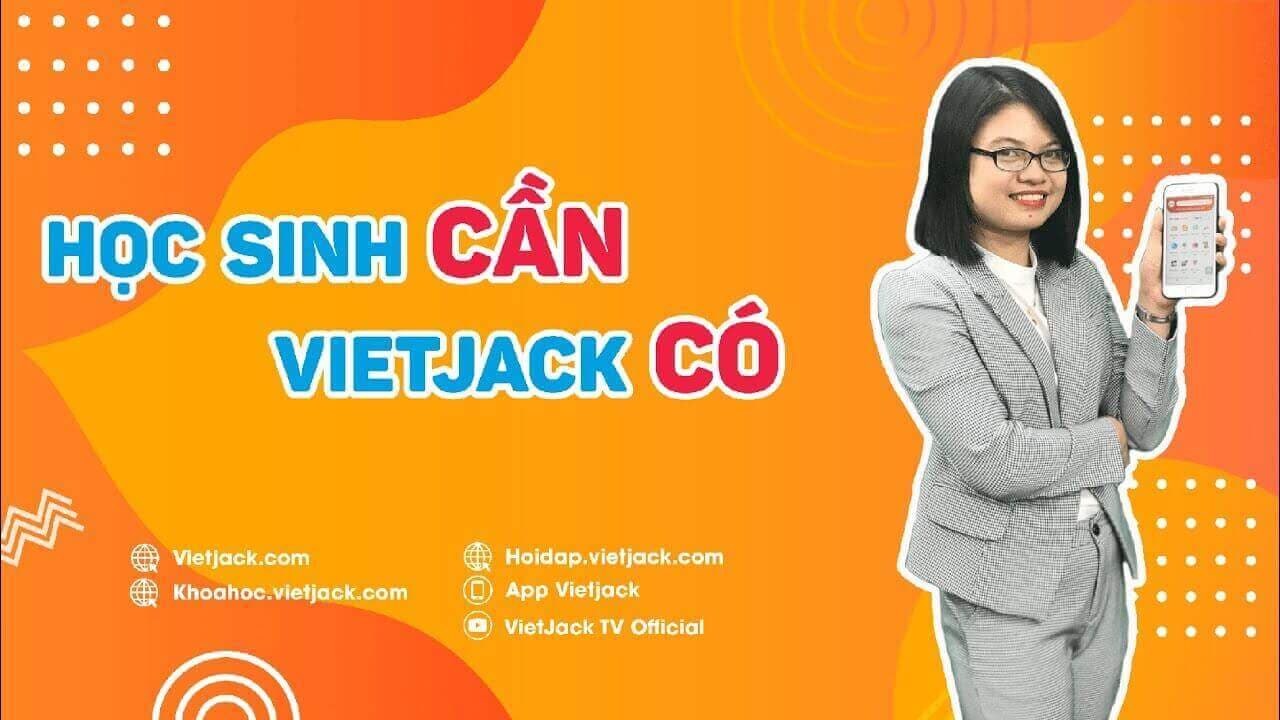15 CÂU HỎI
In most cases, a translator decodes a text ……………………………………………, conditioned by his ideology and world knowledge.
A. According to his understanding
B. According on his understanding
C. According with his understanding
D. According for his understanding
As in the case of referential cohesive devices, the translator also ……………………………………………the strategy of deletion while translating the conditional conjunction “even if”.
A. Made fool of
B. Made part of
C. Made fun of
D. Made use of
Finally, pragmatic understanding is related to ………………………………. In that case, the target does not state what is transferred, but it states the requirement of the process.
A. The message or implies of a sentence
B. The messager or implication of a sentence
C. The message or implication of a sentence
D. The message or implicative of a sentence
The process of ………………………………………………..in a target language involves both lexico-grammatical and pragmatic analysis.
A. Decoding a text and encoding it
B. Decoding a text and encode it
C. Decode a text and encoding it
D. Decodification a text and encoding it
In regard to reference, the Target Text tends ……………………………that are equivalent to the ones used in the Source Text.
A. To presenting cohesive devices
B. To presentation cohesive devices
C. To presentative cohesive devices
D. To present cohesive devices
Furthermore, words such as "hence" and "so" indicate that there is a preceding segment of text presenting a cause or reason, and …………………………………………….
A. A following segmentation presenting a result
B. A following segmental presenting a result
C. A followed segment presenting a result
D. A following segment presenting a result
Translators need ……………….. ……………………………………………that help to achieve their goals in enhancing communication across different nations.
A. Encompass a diversity of factors
B. Encompassing a diversity of factors
C. To encompass a diversity of factors
D. To encompassing a diversity of factors
Similarly to pronoun reference, the cohesive device of conjunction proves ……………………………………. of the Target Text.
A. To problematic for the translator
B. To be problem for the translator
C. To be problematic for the translator
D. Be problematic for the translator
Furthermore, the fourth device —substitution— is marked by the use of nouns, verbs or clauses ………………………………………previously presented.
A. Replace some informations
B. To replace some information
C. To replacing some information
D. To be replaced some information
A world of …………………………. ………………………..needs translators that beside their specialized knowledge in the two languages, they should also experience intercultural competence.
A. Different interacting cultures
B. Differing interacting cultures
C. Different interactingly cultures
D. Different interaction cultures
The distinctive relationship between ………………………………………. is established by the ability of translation to approximate a multilingual communication to a monolingual one.
A. The original and translation
B. The origin and translation
C. The original and translating
D. The original and translated
Text is a meaningful unit, but to guide persons towards meanings it is recommended to start from …………………………………….after that inspect the STs and their probable translation.
A. The lexico-grammatical realizations analysis
B. The lexicology-grammatical realizations analysis
C. The lexico-grammar realizations analysis
D. The lexico-grammatical realizing analysis
The device of substitution was not extensively used in either text. Only the ST employed it once, …………………………………..
A. To using the verb “do”
B. Usage the verb “do”
C. Using the verb “do”
D. Uses the verb “do”
There are also omissions, partial equivalences and even complete alterations of ……………………………………….in the ST.
A. The being connected signaled by the cohesive device
B. The connective signaled by the cohesive device
C. The connection signaled by the cohesive device
D. The connecting signaled by the cohesive device
The writers used multiple Theme by topical Theme to create connectedness in the text. As a result, it provides the writers with an effective way to convey information circulated in the written text.
A. Adding text Theme and interpersonal Theme
B. Adding textual Thematic and interpersonal Theme
C. Adding textual Theme and interperson Theme
D. Adding textual Theme and interpersonal Theme
